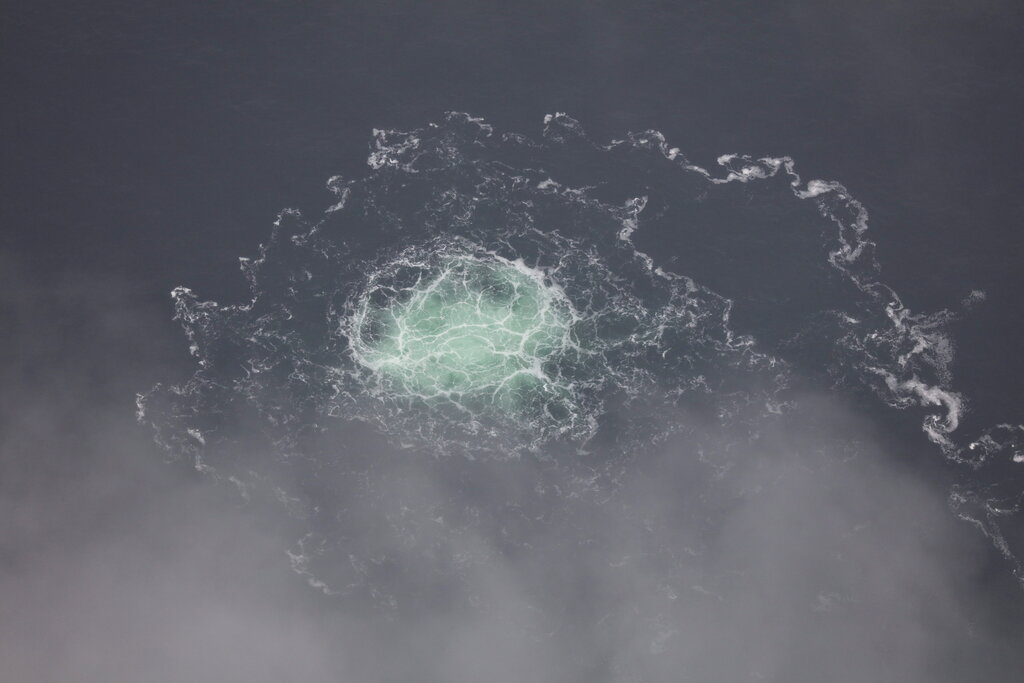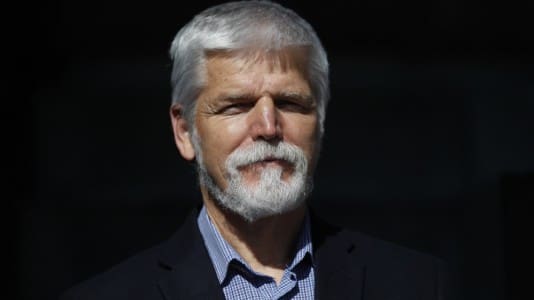After the Seymour Hersh published his detailed report alleging the U.S. was behind the attack on the German-Russian Nord Stream pipelines, it marked a major turning point in the war in terms of public perception. There had long been rumblings that the U.S. was behind the attack for various reasons, but now here was a concrete report from one of the premier investigative journalists in the world claiming a NATO country had attacked the critical infrastructure of another NATO ally. The story was explosive.
Hersh’s report also led to a serious foreign policy crisis behind the scenes. While the U.S. denied it was behind the attack, when German Chancellor Olaf Scholz arrived in Washington to meet President Joe Biden earlier this month, they were careful to field no questions from reporters. After all, how would they avoid having to answer the inevitable queries about whether the U.S. did in fact orchestrate the sabotage.
Hersh’s reporting, coupled with radio silence from German authorities for months regarding the investigation, were also starting to create some cognitive dissonance among the German public. The old thinking among the public was: Russia is the bad guy, and the U.S. is good, therefore Russia must have blown up their own pipelines. However, this implausible theory, which had been force-fed through the German press, was now being questioned. First, as the Washington Post reported, there was no evidence Russia was behind the attack, and as other experts have stated, Russia had no motive to blow up a pipeline it had invested billions in. As a result, at least some Germans began to ponder if perhaps the U.S. was behind the explosion after all.
As a result, the new theory emerged at an opportune time for the U.S. and Germany. The problem is that the new theory is full of holes, and even the notoriously sycophantic German press is struggling to swallow this story presented by U.S. intelligence agencies and the German Federal Criminal Police.
[pp id=67495]
Bild newspaper, for example, appears dubious about intelligence services and the country’s state broadcaster claiming that the 15-meter-long “Andromeda,” which only has a 75-horse power engine, sailed from Rostock via Rügen to Bornholm, placed at least 1,500 kilograms of explosives precisely on target at a depth of 80 meters on both the Nord Stream 1 and 2 pipelines, and sailed back, all without being detected by authorities operating a triangle of NATO countries.
The charter company that owns the boat refused to answer any questions and threw Bild reporters out of their office. Bild notes that investigators searched the boat in January.
Bild writes, “It is unclear, however, how a commando unit consisting of a captain, four diving experts and a female doctor could have pulled off such a complicated sabotage coup from aboard such a tiny boat?”
The Bild goes on to point out the three main problems with such a story:
Problem 1: The explosive devices. Three explosions would have required at least 600 to 900 kilograms of special military explosives for use underwater. The “Andromeda” has no crane to safely hoist such quantities into the water.
Problem 2: Logistics. How could the allegedly Ukrainian sabotage crew have transported one and a half tons of explosives from army stocks through Poland and Germany without coming under the radar of secret services or police?
Problem 3: The diving equipment. Experts doubt the “Andromeda” is equipped for this.
Bild is also highly skeptical about how the sabotage operations, conducted on three different pipelines, were not discovered by Danish or German authorities.
DLRG diving physician Mathias Hölzl also spoke to Bild, arguing that the dive team would face serious challenges with such an operation just in terms of equipment.
[pp id=65652]
“Extremely complicated! You need 30 liters of special gas mixture for one dive alone – dozens of bottles must have been on board,” he said. The weight of those breathing canisters needs to be added to the 1,500 kilograms of explosives allegedly on the yacht.
In addition, diving instructor Robert Röske, who works for Dive Baltic Sea on Rügen island, said another technique may have been used to dive to the pipelines, but it also appears implausible.
“A repeat system that filters the breathing air through a scrubber,” said Röske. However, the problem is that divers would have faced a serious threat of nitrogen if they surfaced too quickly.
“That takes four to eight hours,” Rösker said. “Any ship that stays in one place that long will stand out for miles.”
Die Welt points out huge problems with the new theory as well, writing that the port of Wieck (Darß), where authorities say the boat stopped before blowing up the pipelines, is far too shallow for such a boat to dock in.
The paper goes on to write that “there are other inconsistencies. The fact that five men and a woman are said to have brought huge amounts of explosives to the pipelines without being noticed raises doubts, according to German intelligence services. Such an operation is complex, and the explosives and necessary equipment are not easy to obtain.”
What Bild does not mention, but which was widely reported at the time, is that immediately after the attacks, top German and EU officials uniformly stated that a state actor was behind the sabotage. Now, the German and U.S. intelligence agencies are claiming a rag-tag group of divers from Ukraine and Poland organized one of the greatest attacks on infrastructure in history — all without any evidence of any backing from a state actor.
Other German news outlets like NTV also appear highly skeptical of the theory, writing that the reports from ARD, Zeit, and the New York Times are “quite vague.”
“Both newspapers also speak of a ‘pro-Ukrainian group’ that may have carried out the attack. The New York Times writes that there are no indications that Ukrainian President Volodymyr Zelenskyy or those around him gave the order or were otherwise involved. The Washington Post emphasizes that there is ‘still no forensic evidence’ pointing to a specific country.
The news outlet also points out that there is no information about who might have been involved in this pro-Ukrainian group “or who managed or paid for the operation.” Referring to the article in the New York Times, security expert Nico Lange writes that the U.S. intelligence services seem to have been particularly keen to point out that “no Americans or Brits were involved in the attack.”
Perhaps the strangest and most dubious element of the claims being made about this “pro-Ukrainian group” is why are their names not being released? Why are there no international warrants for their arrest? According to reports, authorities appear to know the composition of the team that carried out the sabotage, yet they do not know their names and have no photos to disperse to the media and public?
It still remains to be seen who carried out the attack, but the geopolitical consequences for the entire liberal Western order are, of course, far greater if the U.S. is behind the attack and not some vague “pro-Ukrainian” group. Given how much rests on this new theory, it is certainly keeping some spooks up at night worrying given that much of the German mainstream press appears to be highly skeptical of this new theory being pushed.






